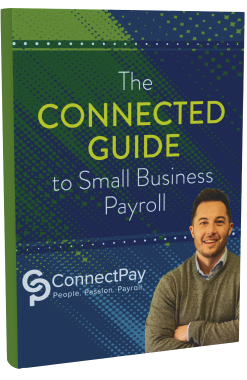What CPAs Need to Know: Employees vs. Contractors As Time Runs Out on Q4
.jpg)
As year-end approaches, worker classification remains a high-stakes issue, especially for a CPA firm’s business clients juggling a mix of employees and contractors. You already know the difference matters. What’s critical now is spotting the gray areas, staying ahead of shifting regulations, and flagging the risks that could trigger audits or penalties. Here are several key areas to keep on your radar as you guide business clients through the final stretch of 2025.
Alignment of state and federal rules
CPAs advising multistate businesses must take a jurisdiction-specific approach. A worker properly classified as a contractor under federal law might still be considered an employee at the state level, triggering state payroll tax obligations, unemployment insurance requirements, and more.
Action Step: Flag clients with operations in multiple states. Review how each jurisdiction defines contractor status and highlight inconsistencies that need attention.
Using contractor status as a shortcut
Many small business owners choose contractors over employees for perceived simplicity — no payroll taxes, benefits, or unemployment insurance. But the short-term convenience can come at a long-term cost. Even clients with good intentions can fall into a pattern of “set it and forget it,” continuing to treat someone as a contractor long after the scope of work or relationship has changed.
Action Step: Encourage clients to re-evaluate their contractor relationships annually. Use a checklist or questionnaire to reassess control, independence, and risk factors.
Watching for audit red flags
While worker classification has always been on the IRS’s radar, recent years have seen a renewed focus on enforcement. In 2024, the IRS doubled down on efforts to identify misclassification in high-risk industries such as construction, tech, healthcare, and gig economy sectors.
IRS audits often begin with seemingly minor triggers, such as:
- Contractors working exclusively for one company
- Multiple contractors doing the same work as W-2 employees
- A spike in 1099 filings without a corresponding drop in W-2s
- Contractors working on-site or under company supervision
These patterns can raise suspicions of misclassification, even if unintentional.
Action Step: Run a quick audit of a client’s 1099 filings from the past two years. Look for patterns or anomalies that might raise flags and recommend adjustments before the year ends.
Keeping current with new regulations
The Department of Labor and IRS continue to revisit and revise classification standards. Additionally, states are proposing and passing new rules at a rapid pace. Keeping up isn’t easy, but falling behind could cost your clients.
Action Step: Monitor upcoming changes at both the federal and state levels. Build regular compliance check-ins into your year-end planning meetings.
Educate clients on the cost of getting a worker’s classification wrong
Some clients only consider the upfront cost of hiring employees, such as payroll tax, benefits, and admin overhead, without fully weighing the risk of misclassification. A single audit by the IRS or DOL can result in:
- Back payroll taxes
- Penalties and interest
- Reimbursement of benefits
- Legal fees or damages
The IRS may also disallow expense deductions tied to misclassified workers, adding another layer of financial pain.
Action Step: Don’t just warn clients. Show them. Run scenarios illustrating what a misclassification audit could cost compared to doing it right from the start. Real numbers can make a real impact.
Worker classification isn’t just an HR concern. It’s also a financial risk. As a CPA, you’re in a key position to help clients get ahead of these potential issues. The fourth quarter is an ideal time to ask tough questions, revisit worker roles, and flag any misclassification risks before they become costly problems.






